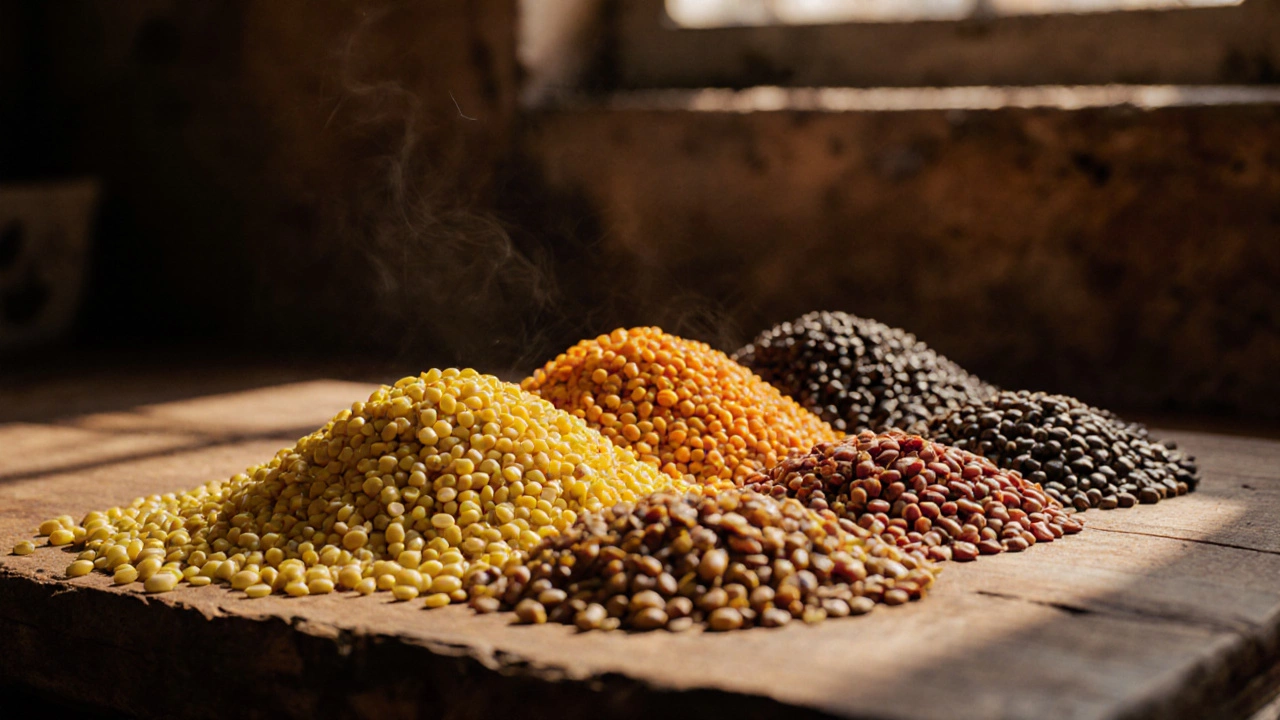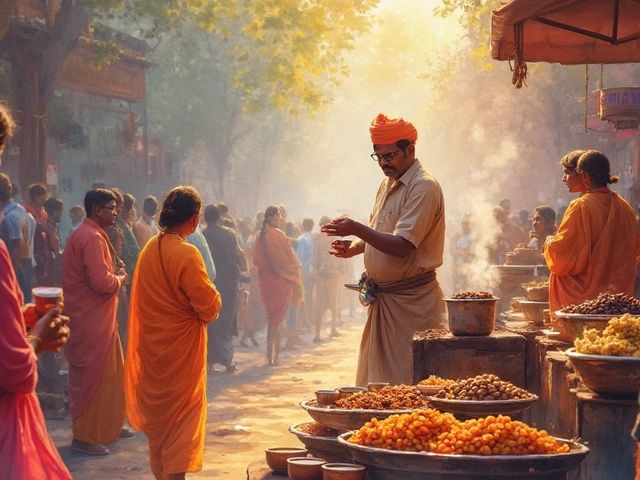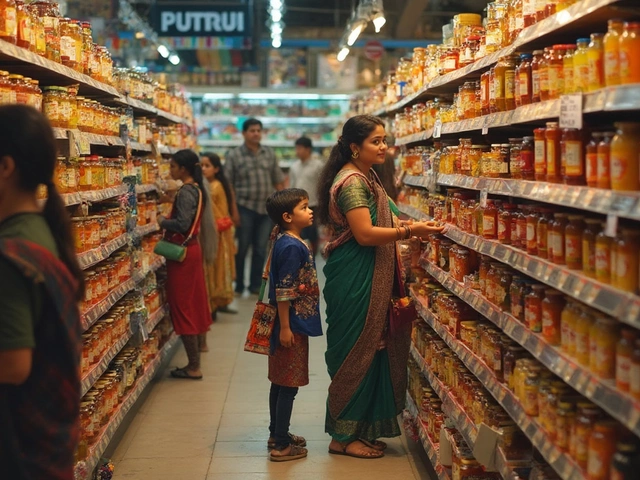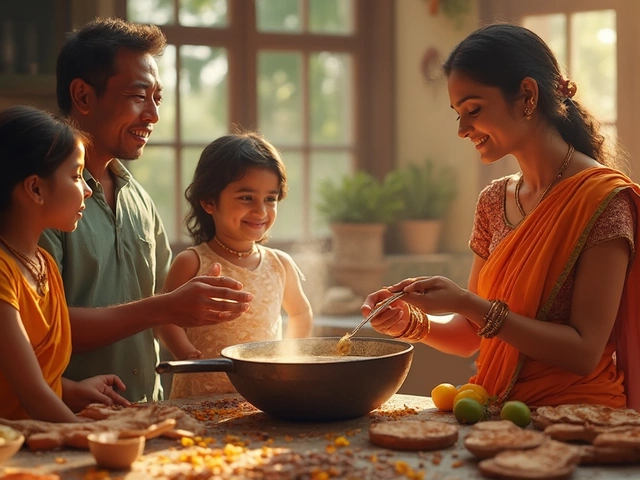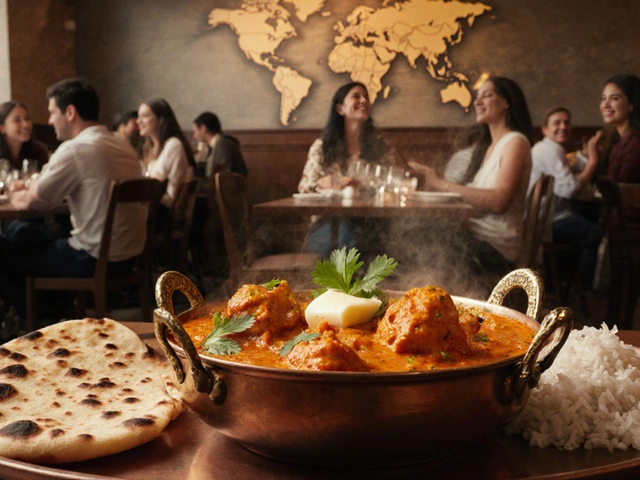Dal Nutrition Calculator
Calculate Your Dal's Nutrition
Select a dal variety and enter your portion size to see the protein, carbs, fiber, and calories.
Quick Takeaways
- Dal supplies both protein (about 20‑25% of its calories) and carbs (roughly 60‑65%).
- The exact balance changes by variety - moong dal leans more protein, while toor dal is higher in carbs.
- Cooking with a little oil and spices adds healthy fat without ruining the macro profile.
- Pair dal with whole‑grain rice or rotis for a complete amino‑acid profile.
- Watch portion size: a cup of cooked dal provides ~200kcal, 8g protein, 30g carbs, and 7g fiber.
What Exactly Is Dal?
When you hear the word dal is a generic term for split pulses (lentils, peas, or beans) that have been husked, split, and usually polished, you’re dealing with a staple that powers Indian kitchens for centuries. It belongs to the broader family of legumes (sometimes called pulses), which are prized for their dense nutritional profile.
Protein vs. Carbohydrate: The Core Question
People often label foods as either "carb" or "protein" to simplify meal planning, but dal defies that binary. In nutritional terms, dal is a dal nutrition powerhouse that delivers a mix of macronutrients:
- Protein is the building block for muscles, enzymes, and hormones. Dal provides about 20‑25% of its calories from protein, making it one of the best plant‑based sources.
- Carbohydrate fuels the brain and muscles. Dal supplies roughly 60‑65% of its calories as carbs, most of which are complex and digest slowly.
- Fiber, a type of carb that your body can’t absorb, makes up about 10‑12% of dal’s weight and helps regulate blood sugar.
So the answer is: dal is both. It’s a hybrid food that fits comfortably into a high‑protein vegetarian diet while still providing the sustained energy of carbs.
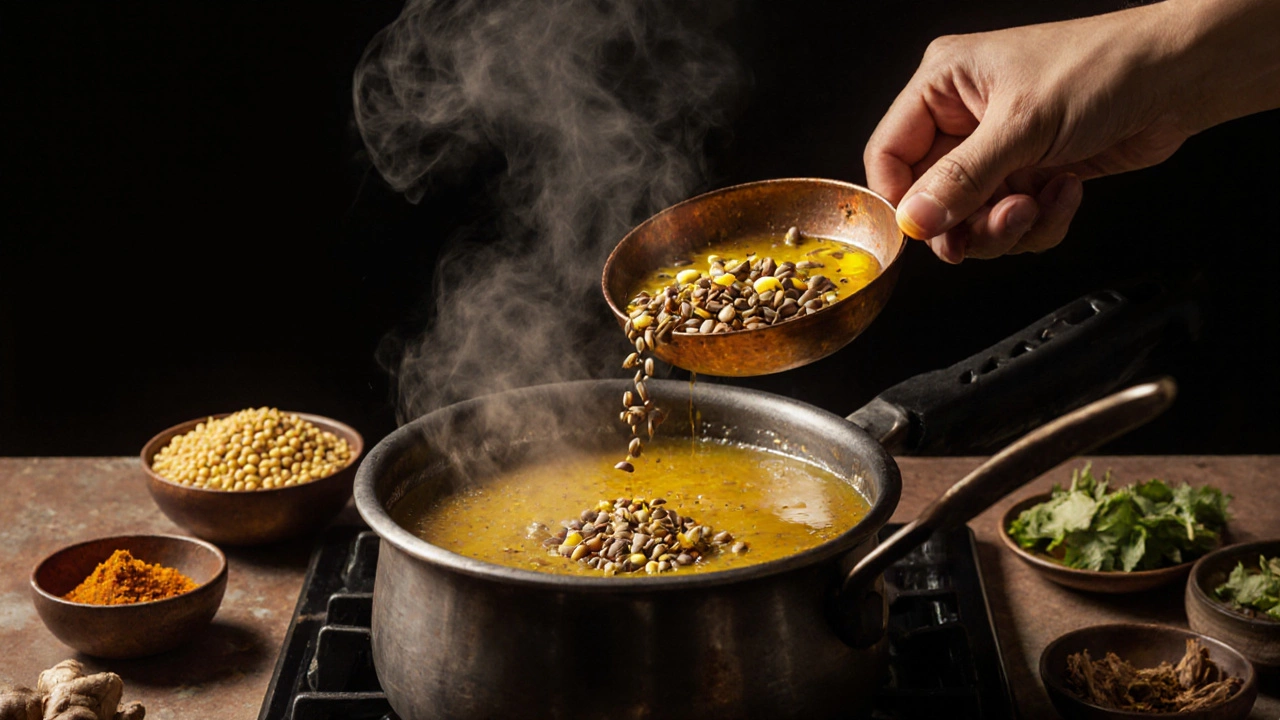
Breakdown by Popular Dal Varieties
Not all dals are created equal. Below is a quick look at the macro profile of four common Indian dals, based on a standard 100‑gram dry weight serving.
| Dal Type | Calories | Protein (g) | Carbs (g) | Fiber (g) | Typical Glycemic Index |
|---|---|---|---|---|---|
| Moong (split yellow) | 350 | 24 | 58 | 11 | 35‑40 |
| Toor (split pigeon peas) | 340 | 22 | 60 | 10 | 45‑50 |
| Urad (split black gram) | 340 | 25 | 58 | 12 | 38‑45 |
| Masoor (red lentils) | 350 | 26 | 58 | 11 | 35‑40 |
Notice how the protein range is narrow (22‑26g) while carbs vary only slightly. The real differences show up in fiber content and glycemic index - both affect how quickly blood sugar rises after a meal.
How Cooking Changes the Numbers
Raw dal data is useful, but you eat it cooked. Boiling, pressure‑cooking, and soaking all shift the macro balance:
- Soaking (4‑6hours): Reduces antinutrients like phytic acid, making protein more digestible.
- Pressure cooking: Shortens cooking time, preserving more B‑vitamins and keeping the glycemic index lower.
- Adding tempering (tadka): A splash of oil or ghee introduces healthy fat, which slows carb absorption and makes the protein feel more satisfying.
After cooking, a cup of dal (about 200g) typically delivers 8‑9g protein, 30‑35g carbs, and 7‑8g fiber - roughly 200kcal. The water weight inflates volume, so you get a lot of bulk for relatively few calories.
Balancing Dal in a Complete Meal
Because dal already contains both macronutrients, you can treat it as the centerpiece of a vegetarian plate. Here are three proven combos:
- Dal + Brown Rice: Completes the amino‑acid profile; the rice supplies extra carbs for energy.
- Dal + Whole‑Wheat Chapati: Keeps the meal gluten‑rich while adding a different fiber type.
- Dal + Yogurt (Curd): Adds calcium and a dose of probiotic protein, plus a cooling contrast to the spices.
Each combo stays under 600kcal, perfect for a lunch that fuels a busy day without leaving you hungry.
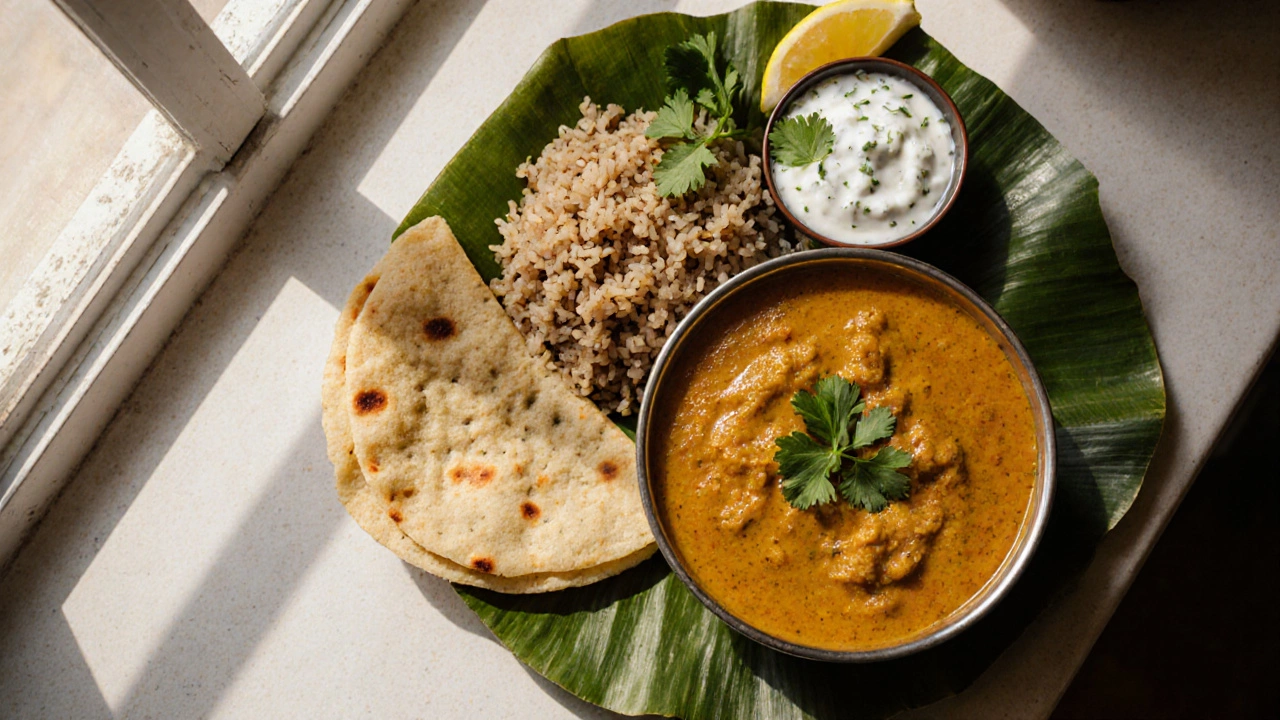
Common Myths About Dal
Myth #1: "Dal is just carbs, so vegans need extra protein." - False. Even the lowest‑protein dal (toor) still offers 22g per 100g dry, which translates to about 8g per cooked cup.
Myth #2: "All dals have the same nutrition." - Not true. As the table shows, fiber and glycemic index vary, influencing digestion and blood‑sugar response.
Myth #3: "Cooking destroys protein." - Only extreme over‑cooking (dry‑roasting for hours) can denature some proteins; typical boiling or pressure cooking retains most of it.
Practical Tips for Making the Most of Dal
- Pre‑soak for at least 4hours to boost protein digestibility.
- Use a pressure cooker to keep cooking time under 15minutes, preserving nutrients.
- Add a pinch of asafoetida (hing) - it reduces flatulence and improves nutrient absorption.
- Finish with a tadka of mustard seeds and a drizzle of ghee for healthy fat and flavor.
- Store cooked dal in airtight containers for up to 4days; reheat gently to avoid nutrient loss.
Frequently Asked Questions
Is dal considered a high‑protein food?
Yes. Most dals provide 22‑26g of protein per 100g dry weight, which translates to about 8‑9g per cooked cup. That’s comparable to dairy or meat portions in a vegetarian diet.
How many carbs are in a typical serving of dal?
A standard serving (1cup cooked) contains roughly 30‑35g of carbs, most of which are complex and paired with 7‑8g of fiber.
Do different dal varieties affect blood sugar differently?
Yes. Yellow moong and red masoor have lower glycemic indexes (35‑40) compared to toor or urad, which sit around 45‑50. Pairing dal with fiber‑rich veggies or whole grains further smooths the glucose spike.
Can I replace meat with dal in my diet?
Dal can cover a large portion of daily protein needs, especially when combined with grains. For a 60‑kg adult, 2‑3 cups of cooked dal plus whole‑grain rice meet roughly 40‑45% of the recommended protein intake.
Is it better to eat dal dry or soaked?
Eating dal soaked (or cooked) is best. Soaking reduces antinutrients, improves protein absorption, and makes the carbs easier to digest.
Bottom line: Dal isn’t just a carb side dish or a protein substitute - it’s a balanced nutrition source that fits any vegetarian or flexitarian plan. By choosing the right type, cooking it right, and pairing it smartly, you’ll get the best of both worlds.
- Poplular Tags
- dal nutrition
- dal carb
- dal protein
- lentils macro
- Indian dal





